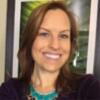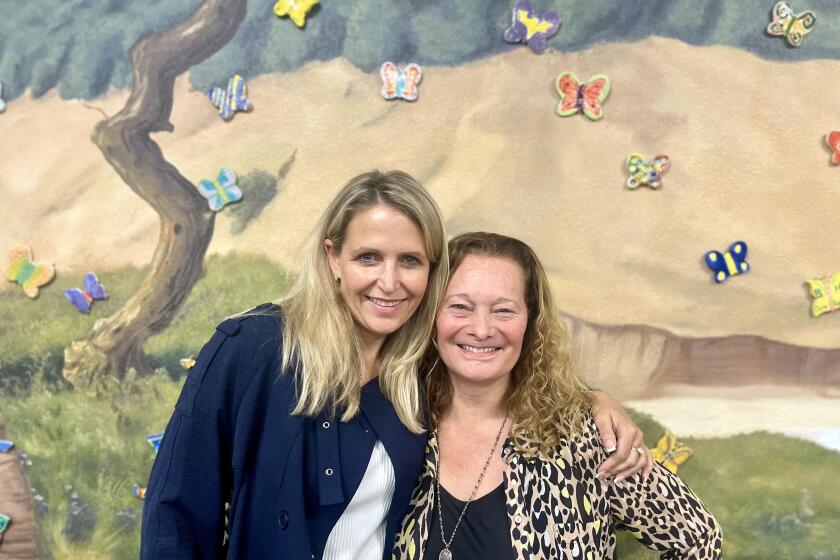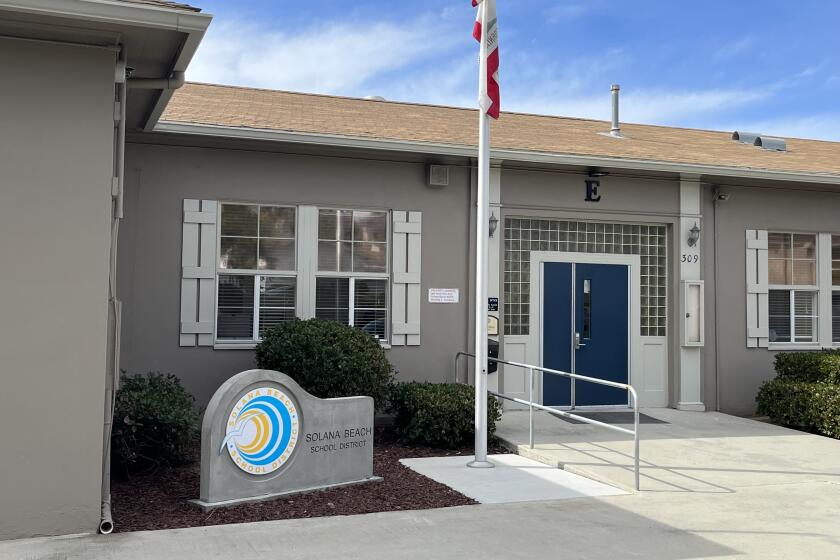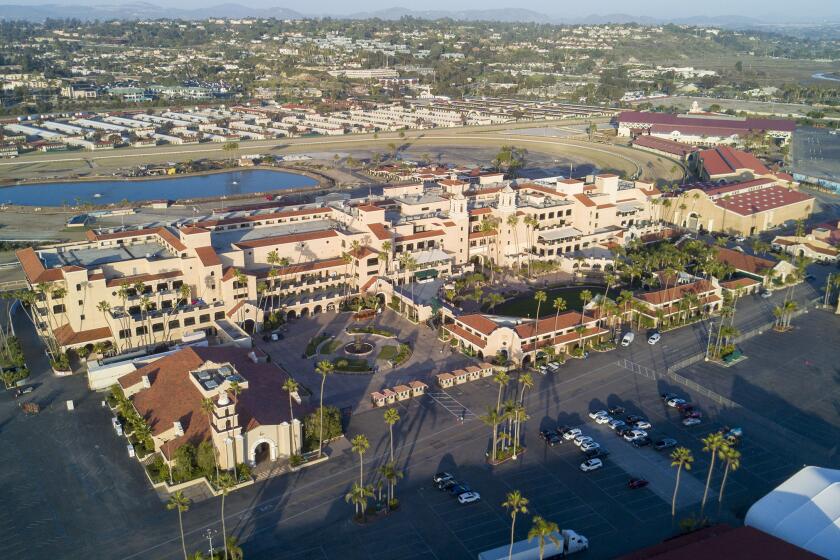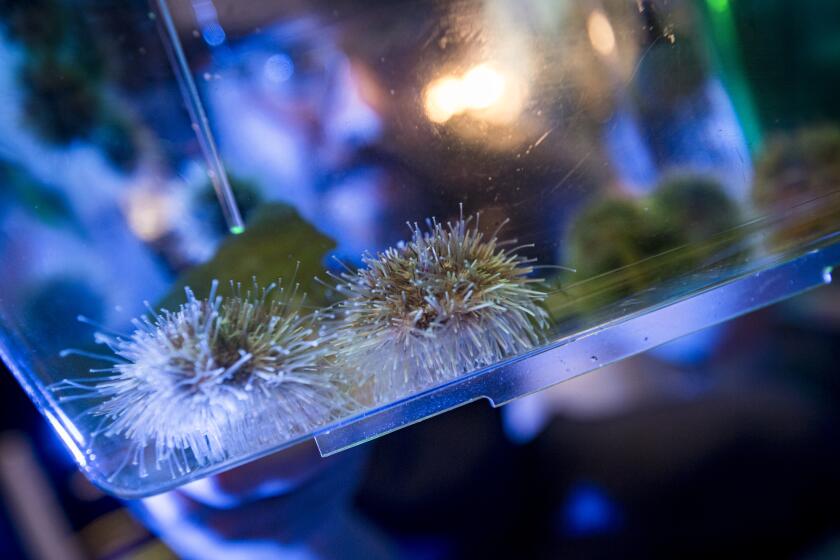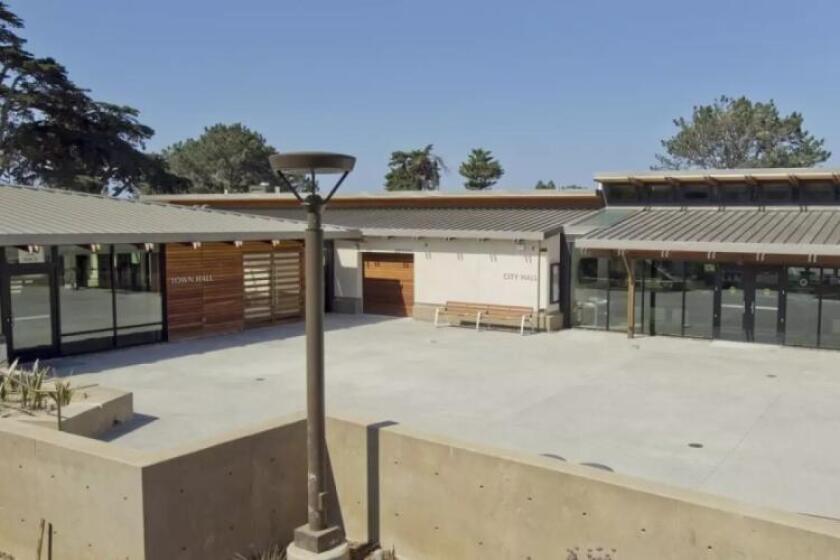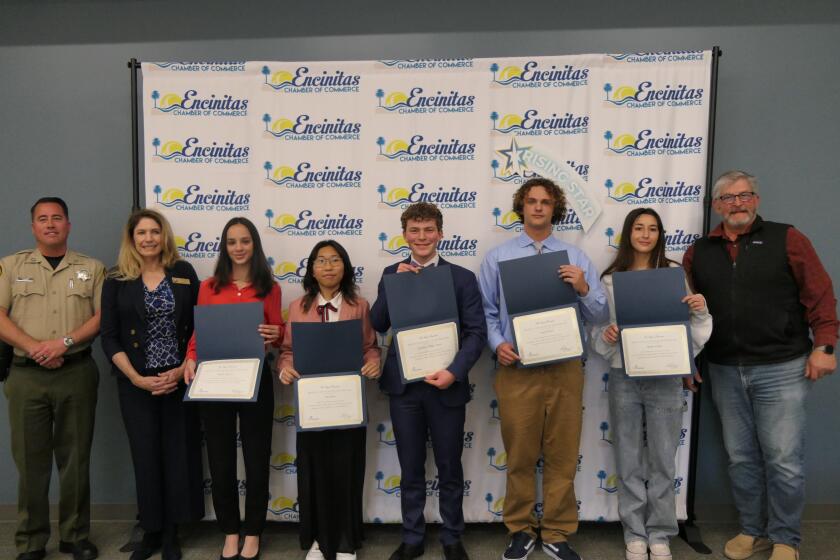Local physician Heather Hofflich an advocate for bone health
An endocrinologist at UC San Diego Health Sciences, Hofflich specializes in the area of
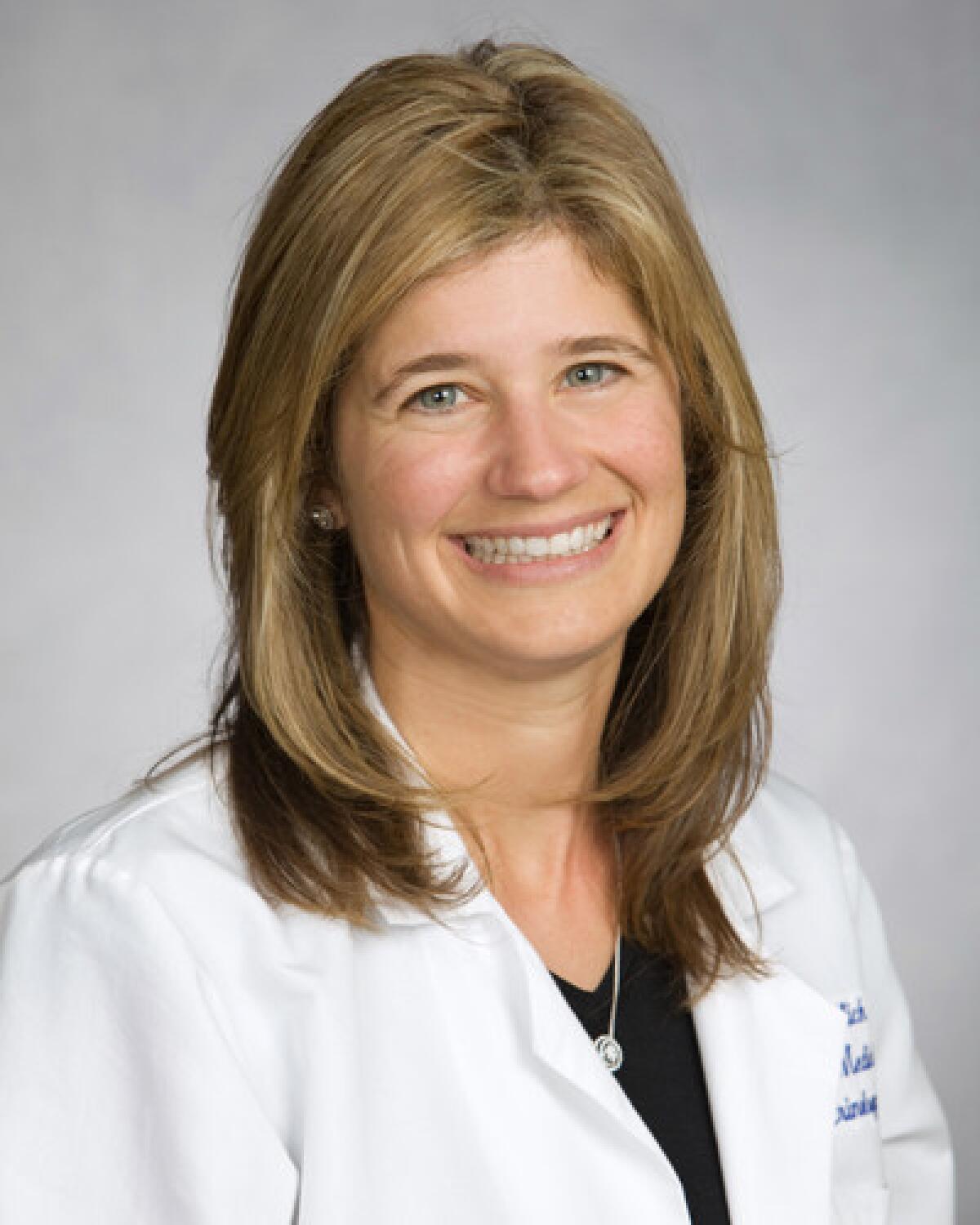
“Osteoporosis is a major health issue and it’s really important that people think about it,” Hofflich said, noting it affects about 54 million Americans, resulting in two million broken bones a year.
Osteoporosis is a skeletal disorder characterized by compromised bone strength, pre-disposing a person to increased risk of fracture. Bone strength is the integration of bone density and bone quality. While there is no cure, Hofflich is spreading the word that there are ways for people to “break free” from osteoporosis and build and maintain strong bones for life.
As part of her outreach, she is appearing on Lifetime TV channel’s “Access Health” with Ereka Vetrini to discuss bone loss prevention. The segment will first air on Wednesday, June 21 at 7 a.m., followed by other airings.
Hofflich, a Carmel Valley resident since 2008, has always been interested in the physiology and biology of bone. Bone health and loss encompasses so many different types of patients — seniors, women, patients with eating disorders, malabsorption, Chron’s disease or celiac disease and she is drawn to the mechanisms of why people have bone loss and the work of preventative care, diagnosis and treatment options.
Hofflich is a fellow of the American College of Endocrinology and is a certified clinical densitometrist, a professional certification in the field of bone density.
Osteoporosis is mostly a silent disease, producing no symptoms until the bone is so weakened it breaks. The most common fractures due to osteoporosis are to the wrist, spine and hips, and most patients had no idea they were at risk until that first break.
“After the first fracture, the risk is five-fold of having another fracture. We want to prevent that,” said Hofflich, noting that as age is the biggest risk factor for osteoporosis, she recommends patients over 50 discuss having a bone density scan with their healthcare provider.
Preventative steps for bone health, however, can and should be taken at any age.
“We attain peak bone mass in our 30s and lose bone over our lifetimes,” Hofflich said. “The simple keys to fighting bone loss are getting enough calcium, Vitamin D and exercise.”
For calcium, the goals vary by age group but patients over 50 should shoot for 1,200 milligrams a day. Hofflich said the source for calcium should be mostly from diet but people can supplement as needed. Some non-dairy calcium sources include kale, bok choy, beans and almonds.
Vitamin D is also an important component to prevention, Hofflich said and it is typically recommended to get 800 to 1,000 IU daily.
Hofflich admits that Vitamin D can be difficult to get through diet and the other source, sunlight, can be frowned upon by dermatologists. Sardines, fish and cod liver oil are all sources of Vitamin D but if not willing to tolerate those tastes, a supplement can also be used for those who are Vitamin D deficient.
For exercise, weight bearing exercises are important.
“You need to be on your feet,” Hofflich said, encouraging activities such as walking, hiking, running, dancing, anything that gets your body moving.
For National Osteoporosis Month, the foundation’s biggest effort was the Jumping Jack Challenge.
Jumping jacks are good for building bone strength and density when you’re younger and to maintain bone strength as you age so the campaign encouraged people to post jumping jack videos to social media and challenge their friends.
In San Diego, Hofflich continues her outreach efforts with her monthly Bone Health Education and Support group, which she started in 2009. The group has informative presentations by leading experts about the latest discoveries in prevention, nutrition, diagnosis and treatment. The group, held the first Wednesday of every month at noon at Thornton Hospital, is also an opportunity for people to share concerns, problems and coping strategies.
While there are many similar groups throughout the country, the San Diego group is unique in that it is physician-run by Hofflich.
“It’s been fantastic and it’s a great resource for the community,” Hofflich said.
Check out the Jumping Jack Challenge and more at the National Osteoporosis Foundation’s website at nof.org. More tips and guidelines for all ages can be found at 4bonehealth.org.
For more information on the Bone Health Education and Support Group, e-mail Hofflich at hhofflich@ucsd.edu or call (858) 657-7236
Get the Del Mar Times in your inbox
Top stories from Carmel Valley, Del Mar and Solana Beach every Friday for free.
You may occasionally receive promotional content from the Del Mar Times.
